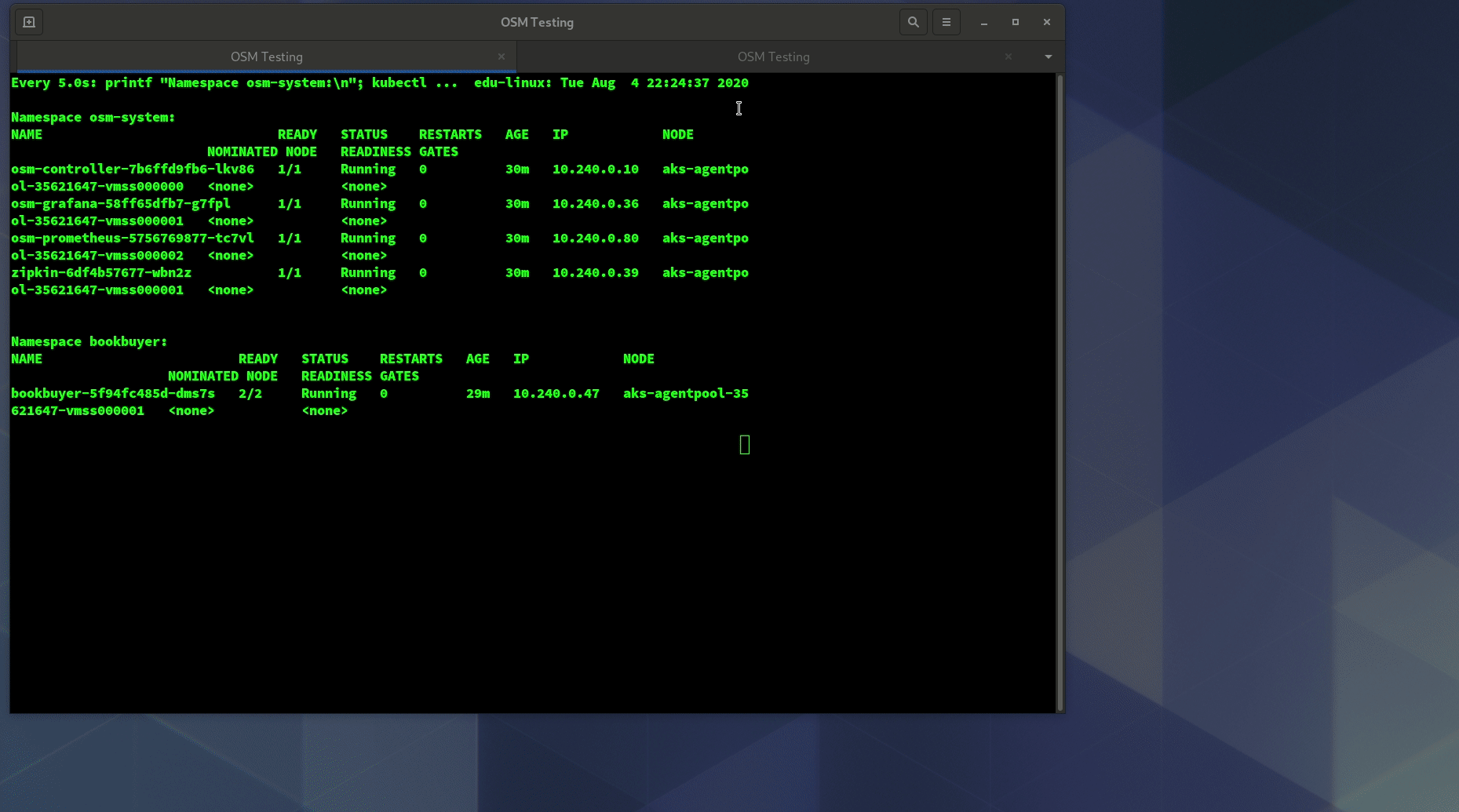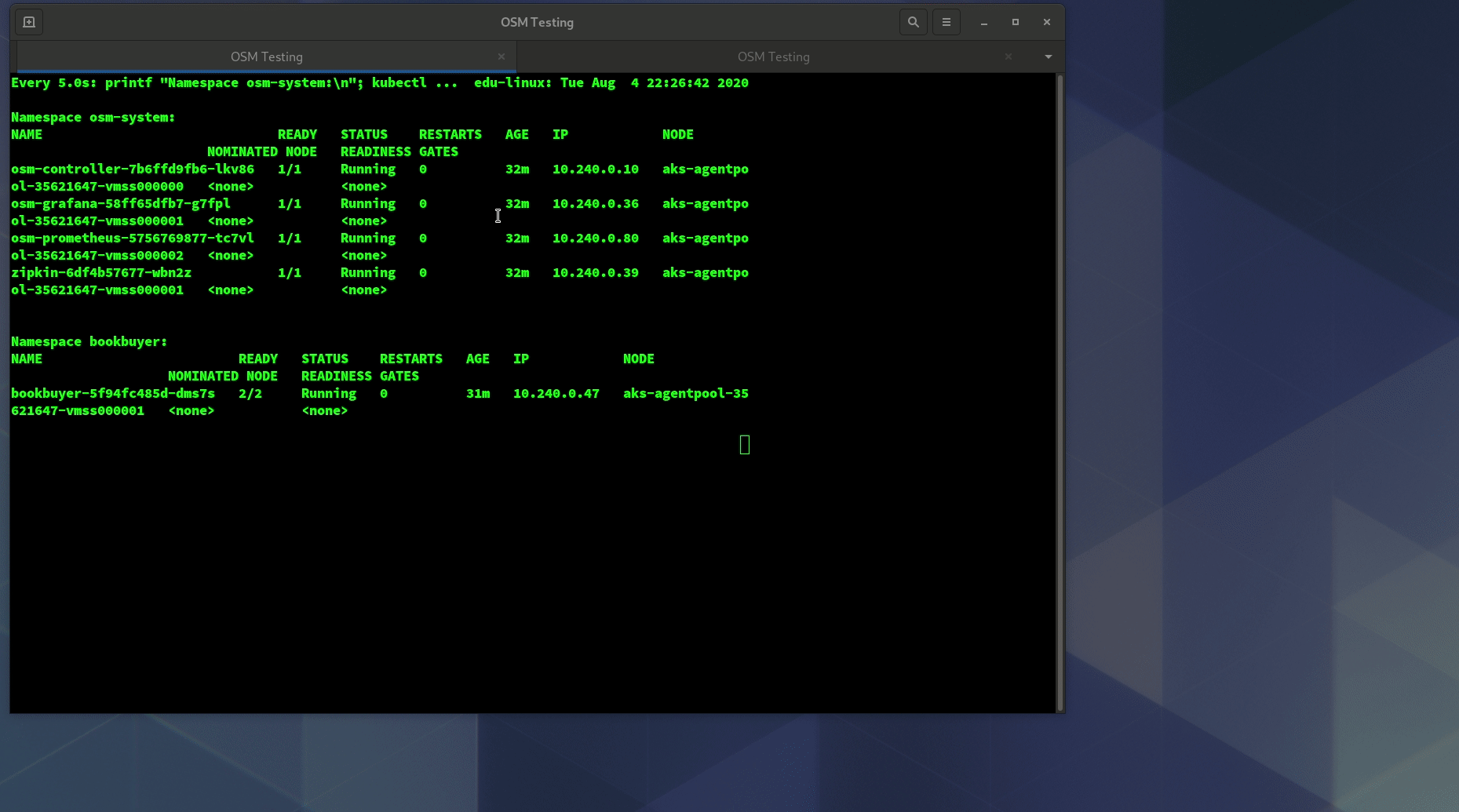Security researchers say they have developed a new technique to detect modern cell-site simulators.
Cell site simulators, known as “stingrays,” impersonate cell towers and can capture information about any phone in its range — including in some cases calls, messages and data. Police secretly deploy stingrays hundreds of times a year across the United States, often capturing the data on innocent bystanders in the process.
Little is known about stingrays, because they are deliberately shrouded in secrecy. Developed by Harris Corp. and sold exclusively to police and law enforcement, stingrays are covered under strict nondisclosure agreements that prevent police from discussing how the technology works. But what we do know is that stingrays exploit flaws in the way that cell phones connect to 2G cell networks.
Most of those flaws are fixed in the newer, faster and more secure 4G networks, though not all. Newer cell site simulators, called “Hailstorm” devices, take advantage of similar flaws in 4G that let police snoop on newer phones and devices.
Some phone apps claim they can detect stingrays and other cell site simulators, but most produce wrong results.
But now researchers at the Electronic Frontier Foundation have discovered a new technique that can detect Hailstorm devices.
Enter the EFF’s latest project, dubbed “Crocodile Hunter” — named after Australian nature conservationist Steve Irwin who was killed by a stingray’s barb in 2006 — helps detect cell site simulators and decodes nearby 4G signals to determine if a cell tower is legitimate or not.
Every time your phone connects to the 4G network, it runs through a checklist — known as a handshake — to make sure that the phone is allowed to connect to the network. It does this by exchanging a series of unencrypted messages with the cell tower, including unique details about the user’s phone — such as its IMSI number and its approximate location. These messages, known as the master information block (MIB) and the system information block (SIB), are broadcast by the cell tower to help the phone connect to the network.
“This is where the heart of all of the vulnerabilities lie in 4G,” said Cooper Quintin, a senior staff technologist at the EFF, who headed the research.
Quintin and fellow researcher Yomna Nasser, who authored the EFF’s technical paper on how cell site simulators work, found that collecting and decoding the MIB and SIB messages over the air can identify potentially illegitimate cell towers.
This became the foundation of the Crocodile Hunter project.

A rare public photo of a stingray, manufactured by Harris Corp. Image Credits: U.S. Patent and Trademark Office
Crocodile Hunter is open-source, allowing anyone to run it, but it requires a stack of both hardware and software to work. Once up and running, Crocodile Hunter scans for 4G cellular signals, begins decoding the tower data, and uses trilateration to visualize the towers on a map.
But the system does require some thought and human input to find anomalies that could identify a real cell site simulator. Those anomalies can look like cell towers appearing out of nowhere, towers that appear to move or don’t match known mappings of existing towers, or are broadcasting MIB and SIB messages that don’t seem to make sense.
That’s why verification is important, Quintin said, and stingray-detecting apps don’t do this.
“Just because we find an anomaly, doesn’t mean we found the cell site simulator. We actually need to go verify,” he said.
In one test, Quintin traced a suspicious-looking cell tower to a truck outside a conference center in San Francisco. It turned out to be a legitimate mobile cell tower, contracted to expand the cell capacity for a tech conference inside. “Cells on wheels are pretty common,” said Quintin. “But they have some interesting similarities to cell site simulators, namely in that they are a portable cell that isn’t usually there and suddenly it is, and then leaves.”
In another test carried out earlier this year at the ShmooCon security conference in Washington, D.C. where cell site simulators have been found before, Quintin found two suspicious cell towers using Crocodile Hunter: One tower that was broadcasting a mobile network identifier associated with a Bermuda cell network and another tower that didn’t appear to be associated with a cell network at all. Neither made much sense, given Washington, D.C. is nowhere near Bermuda.
Quintin said that the project was aimed at helping to detect cell site simulators, but conceded that police will continue to use cell site simulators for as long as the cell networks are vulnerable to their use, an effort that could take years to fix.
Instead, Quintin said that the phone makers could do more at the device level to prevent attacks by allowing users to switch off access to legacy 2G networks, effectively allowing users to opt-out of legacy stingray attacks. Meanwhile, cell networks and industry groups should work to fix the vulnerabilities that Hailstorm devices exploit.
“None of these solutions are going to be foolproof,” said Quintin. “But we’re not even doing the bare minimum yet.”
Send tips securely over Signal and WhatsApp to +1 646-755-8849 or send an encrypted email to: zack.whittaker@protonmail.com













